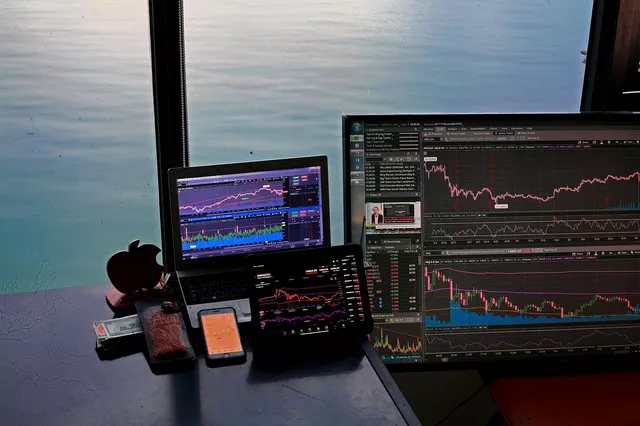ES futures, also known as E-mini S&P 500 futures, are widely traded derivatives that offer exposure to the U.S. stock market. Trading ES futures requires a solid understanding of market dynamics, technical analysis, risk management, and trading strategies. In this article, we will provide a comprehensive guide on how to trade ES futures, covering the essential steps, key considerations, and strategies for success. Join us as we explore the world of ES futures trading and uncover the potential for financial gains.
Understanding ES Futures
Basics of ES Futures:
Contract Specifications: ES futures represent a standardized contract that allows traders to speculate on the future price movement of the S&P 500 index. Each contract represents a specified dollar value per point of movement.
Market Hours and Liquidity: ES futures trade on regulated exchanges with specific market hours. Understanding the trading hours and liquidity patterns is crucial for executing trades effectively.
Market Influences:
Economic Factors: ES futures are influenced by a range of economic indicators, such as GDP data, employment reports, and interest rate decisions. Traders should stay informed about these factors to anticipate market movements.
News and Events: Significant news events, earnings reports, and geopolitical developments can impact the S&P 500 index and, consequently, ES futures. Monitoring news and events helps traders identify potential trading opportunities.
Essential Steps to Trade ES Futures
Setting Up a Trading Account:
Choose a Broker: Select a reputable brokerage firm that offers access to ES futures trading and provides robust trading platforms and tools.
Account Funding: Fund your trading account with sufficient capital to meet margin requirements and support your trading strategy.
Technical Analysis and Charting:
Price Patterns: Learn to identify common price patterns, such as trends, support and resistance levels, and chart formations, to make informed trading decisions.
Indicators and Oscillators: Utilize technical indicators and oscillators, such as moving averages, MACD, and RSI, to generate trading signals and confirm price trends.
Risk Management:
Determine Risk Tolerance: Define your risk tolerance level based on factors like account size, trading experience, and personal financial goals.
Position Sizing: Calculate the appropriate position size based on your risk tolerance and stop-loss levels. Avoid overexposure to manage risk effectively.
Strategies for ES Futures Trading
Day Trading Strategies:
Breakout Trading: Identify key support and resistance levels and trade breakouts when price surpasses these levels, indicating potential momentum.
Scalping: Execute quick trades to capture small price movements, taking advantage of short-term market volatility.
Swing Trading Strategies:
Trend Following: Identify and trade in the direction of the prevailing trend, aiming to capture larger price moves over several days or weeks.
Pullback Trading: Enter trades during temporary price retracements within an established trend, aiming to capitalize on the resumption of the primary trend.
News-Based Trading:
Event-Driven Approach: React to significant news events and economic releases by analyzing the impact on the S&P 500 index and initiating trades based on the market reaction.
Earnings Season: Capitalize on the volatility and price movements surrounding corporate earnings reports, assessing the market’s response to these releases.
Conclusion
Trading ES futures can be a rewarding endeavor for traders seeking exposure to the U.S. stock market. By understanding the basics of ES futures, following essential steps, employing technical analysis, and implementing effective trading strategies, traders can navigate the market with confidence and increase their chances of success. However, it’s important to note that trading involves risks, and traders should always conduct thorough research, practice risk management, and continuously learn and adapt to the ever-changing market conditions.


